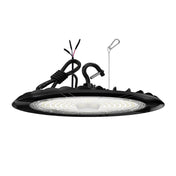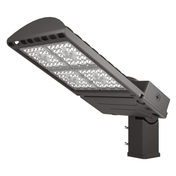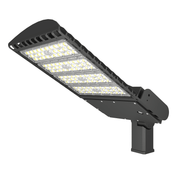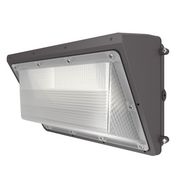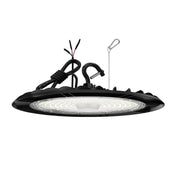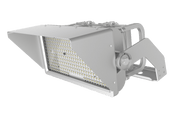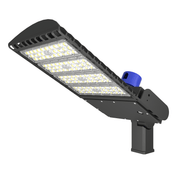Introduction
In today’s fast-paced society, with the increasing pressure of work, people are increasingly aware of the importance of maintaining physical and mental health. In order to seek physical and mental balance and relaxation after work, evening sports have become the preferred choice of many people, which can not only effectively relieve the fatigue of the day but also enhance physical fitness and improve the quality of life. In light of this trend, government departments have responded positively by increasing investment in and construction of public sports facilities, especially night-time lighting systems for sports venues, to create a safe, comfortable, and efficient sports environment so that more people can continue to enjoy the fun of sports at nightfall.
However, when the project manager in the sports venues or stadiums for the procurement of lighting equipment, often encounter a confusing phenomenon: the sports light price difference is huge, from affordable basic models to high-end intelligent professional-grade products, a wide range of choices is dazzling. This price disparity is not only about budget allocation but also directly affects the lighting effect, energy efficiency ( What’s energy efficiency?), long-term operating costs, and other aspects. Therefore, in-depth discussion of the sports light price difference behind the reason, for the guidance of the project side how to according to their own needs and budget, select the most appropriate lighting solutions is particularly important. The purpose of this article is to analyze the sports light price differences and the overall program differences in multiple factors, including but not limited to material quality, brand premium, lighting intensity and lighting quality, and so on. These will help project managers make informed choices in a complex marketplace, ensuring that every dollar invested translates into the best lighting and sports experience.
Why do offers from different suppliers differ a lot?
Light standard(Light class I, II, III) isn’t same
When the project manager tells the supplier about the requirements, the supplier can make product recommendations based on these requirements. However, in some projects, the lighting requirements (e.g., the illumination level of the sports court) are not very clear. In such cases, suppliers often make recommendations based on their own experience or make recommendations to the customer according to class I, II, or III, and the project owner tends to choose the highest class of lighting requirements. The difference between the solutions can be significant, including the price quoted. On the other hand, some suppliers will strictly follow the project requirements, first determine the lighting standards, and then conduct lighting simulations ( For other lighting simulations, please check here) based on the standard sports field to recommend suitable lighting solutions for the client. In many programs, if the customer does not understand these key parameters (such as the specific requirements of illumination and uniformity), but only based on the price to compare and choose, then the comparability of such comparisons will be greatly reduced, and ultimately in the selection of the program may also be biased.
Size, pole layout, and height are not same
Sports court size is one of the key factors in determining the price of a lighting solution. Different sized pitches require different numbers and wattages of luminaires to meet their lighting needs. For example, there are 5-a-side, 7-a-side, and 11-a-side soccer fields, and the size difference between these three is significant. Even the same 11-a-side soccer field may have different dimensions. If the lighting is modeled according to standard dimensions, it will undoubtedly affect the price of the final solution. The height and location of the light poles will also have an impact on the scheme, but less so than the dimensions. There is no standardized solution for the height of the poles. Hylele recommends the FIFA-recommended pole heights, which are usually between 16 and 25 meters. If there are high requirements for lighting uniformity and glare control (What’s glare and how to control it? ), it is recommended to use higher poles, but accordingly, the cost of the poles will also increase. On the contrary, if a light pole of about 16 to 18 meters is used, it not only reduces the cost but also effectively avoids the problem of light spillage caused by too low a light pole, thus avoiding an additional rise in the cost of the lighting solution. For the location of the light poles, which are generally located on both sides of the sideline, FIFA also has standard recommendations. For example, it is often more economical if the four light poles are evenly distributed on both sides of the sideline, as opposed to concentrating on the bottom line. Therefore, when comparing the sports light prices of the options, we should first focus on the dimensional differences in the recommended options, then consider the height of the light poles, and finally see if there are any differences in the location of the light poles.
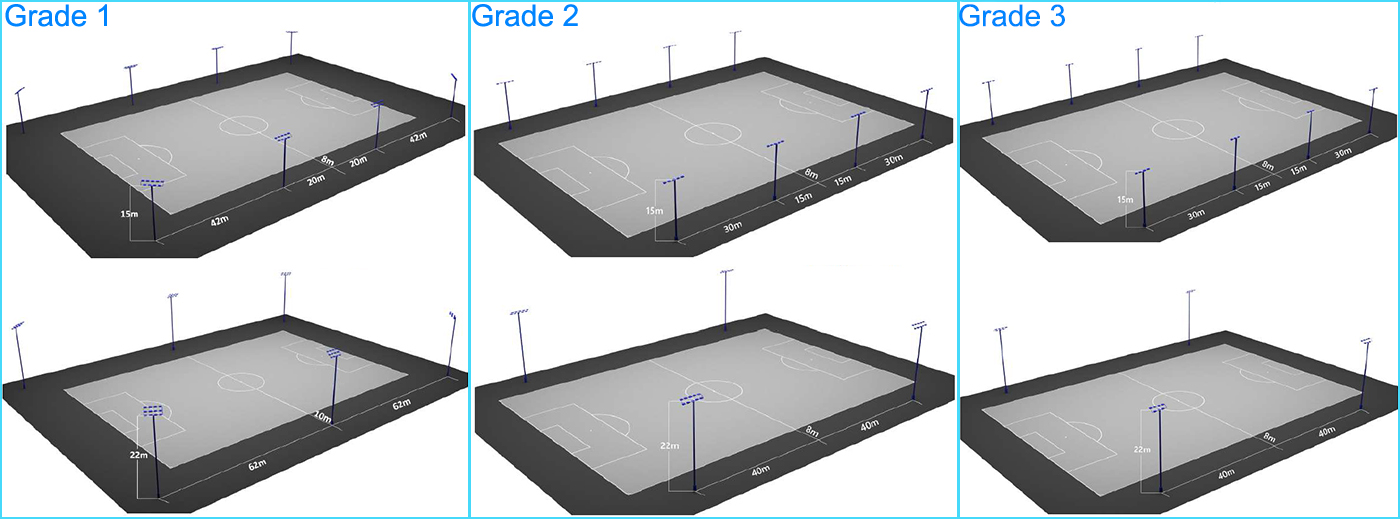
Sport LED light isn’t same
The quality, quantity, and power of the luminaires for the soccer field will likewise have an impact on the price of the overall solution. In Hylele’s lighting simulation database, we can achieve EN12193 ( Find more about EN12193 standards ) Class II lighting requirements with 24 pieces of 800W or 54 pieces of 400W Zoom series. There is a difference in light price: the former costs $400 per fixture with a total cost of $9,600, while the latter costs $170 per fixture with a total cost of $9,180. If we use cheaper power supply and other brands of lamp LED chips, the total cost of the lamps can be further reduced. Of course, the cost of the lamps is one aspect, we also need to consider the impact of installation and labor costs on the project budget. Obviously, in terms of installation and labor costs, the use of a greater number of lamps and lanterns may not be advantageous. Similarly, the use of cheaper fixtures can have a negative impact on later maintenance.
Light design differs a lot
When a project has requirements for parameters such as vertical illuminance, uniformity, and glare, the price difference in sports lighting solutions will vary accordingly. Typically, lighting solutions with vertical illuminance requirements will be significantly more expensive than those without. For projects with high uniformity requirements, it is often necessary to increase the number of luminaires to ensure that uniformity is met, so these solutions will be priced somewhat higher than those with low uniformity requirements. Similarly, for projects with glare control requirements, we either use asymmetric light distribution ( What is symmetric and asymmetric lighting distribution? ) or shades or high poles. if you are interested in this information, check out our related articles. If a project has specific requirements for vertical illuminance, uniformity, and glare, these factors can combine to significantly increase the price of a lighting solution.
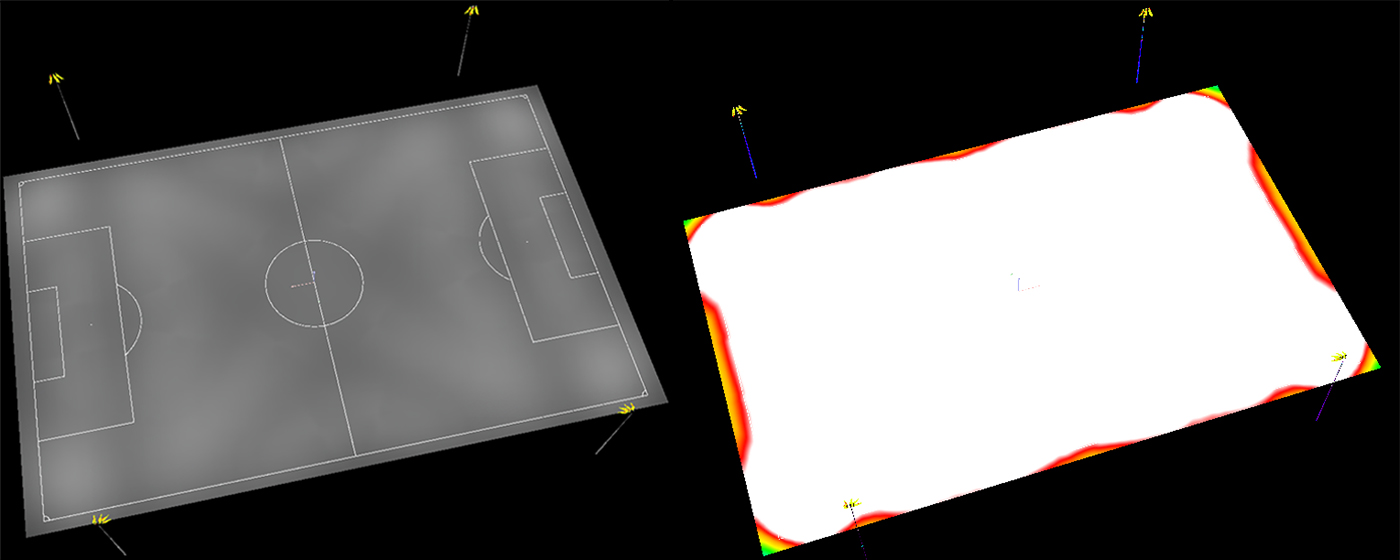
How to control the cost of sports lighting?
Checking the lighting standard
Lighting levels are determined by the level of event the venue is hosting. A standard-sized soccer stadium can require anywhere from 1 million to 20 million lumens of light to cover recreational to professional level events. For venues hosting high level events such as national and international events, i.e. Class I venues, higher luminance levels are required due to the large size of the stadium and the distance of spectators from the playing area. Class II venues are used to host intermediate level regional club matches, where spectators are relatively close and fewer in number, making them suitable for use as training venues for Class I matches, and their lighting requirements are reduced accordingly. Class III venues, which are mainly used for local competitions and recreational activities without large stands and with spectators in close proximity to the venue, are also suitable as training venues for Class II events and have the lowest lighting levels. However, there may still be some differences in the above categorization. In order to further clarify the standards, soccer stadium associations such as FIFA (Fédération Internationale de Football Association) and AFC (Asian Football Confederation) have subdivided the lighting standards that should be used for different tournaments or training grounds. For example, FIFA categorizes lighting levels into Standard A, B, C, and D to meet the lighting needs of different levels of tournaments such as the FIFA World Cup, the FIFA Club World Cup or U20 World Cup, the FIFA Women’s World Cup, and the FIFA U17 World Cup. If interested, please check out the related articles.
Modify the lighting design
In the previous section, we mentioned the impact of differences in product quality, quantity and wattage on the price of the solution. Now, let’s assume that the customer’s pitch is a standard 11-a-side soccer pitch with dimensions of 105m*68m and is equipped with four 16-meter high light poles located on each side of the pitch. Below is a comparison of the results of the simulation of the two lighting scenarios, covering illuminance, uniformity, glare, number of luminaires, wattage ( Find out more about wattage. ). Despite the higher uniformity of Option 2 ( increasing the number of luminaires usually helps to improve uniformity, please check our blog – how to improve uniformity? ). But we still think that Option 1 has a relatively better overall performance. This is mainly due to the fact that Option 1 is more economically priced and uses fewer fixtures, making it easier to install and maintain.
| Solution | Illuminance | Uniformity | Glare | Quantity of lamps | Wattage | Sports light price | Which one is better |
| 1 | 505 | 0.70 | <43 | 24pcs Glomax | 1800 | 18000 | ✔ |
| 2 | 509 | 0.73 | <44 | 48pcs Glomax | 900 | 19200 |
Offer quality sports LED light
The use of high luminous efficacy products has a significant impact on reducing the price of lighting solutions. By using high efficiency products, the stadium is able to utilize fewer lamps or lower wattage products to achieve the same lighting result, which directly reduces the total price of the product and makes the lighting solution more economically optimized. At the same time, high luminous efficacy( What's luminous efficacy?) products have high energy efficiency, which significantly reduces the power consumption of the stadium lighting every night and lowers the long-term power costs. Therefore, these products not only have relatively low initial investment costs, but also have a shorter payback period, making them an ideal choice for improving the cost-effectiveness of stadium lighting and realizing energy saving and emission reduction. The following is a comparison of the results, it is clear that Scheme 3 is currently the optimal solution, which summarizes the lowest cost and lowest energy consumption. Although the cost of program 2 is lower, but to the use of domestic LED chips, its performance stability needs to be further clarified.
| Solution | Illuminance | Uniformity | Glare | Quantity of lamps | Wattage | Sports light price | Which one is better |
| 1 | 225 | 0.71 | <43 | 24 | 900 | 9480 | |
| 2 | 225 | 0.71 | <43 | 24 | 900 | 8400 | |
| 3 | 208 | 0.72 | <44 | 20 | 1000 | 8400 | ✔ |
Hylele LED lights
Hylele is not only a manufacturer specializing in product supply but also an expert in complete lighting solutions. Our team of professionals will work closely with you on your specific lighting needs, taking into account the size of the site, as well as key factors such as pole heights and locations, to conduct a detailed lighting simulation and recommend the most suitable lighting solution. If you are missing some information or are not sure about your lighting requirements, we can provide you with professional and realistic recommendations based on Hylele's many years of project experience. We also have experience in street lighting, industrial lighting, parking lot lighting, etc. Contact us for more information.
Summary
The price difference of sports lights is the result of the combined effect of technology, materials, and scene requirements. When choosing, you need to balance performance and budget and give priority to light source stability, heat dissipation capacity, and brand reliability.


